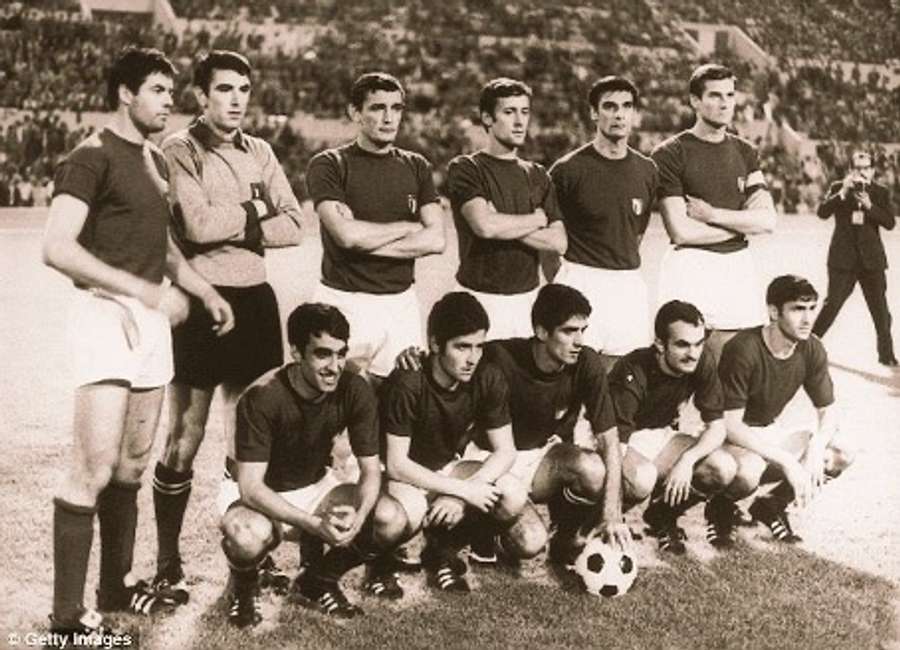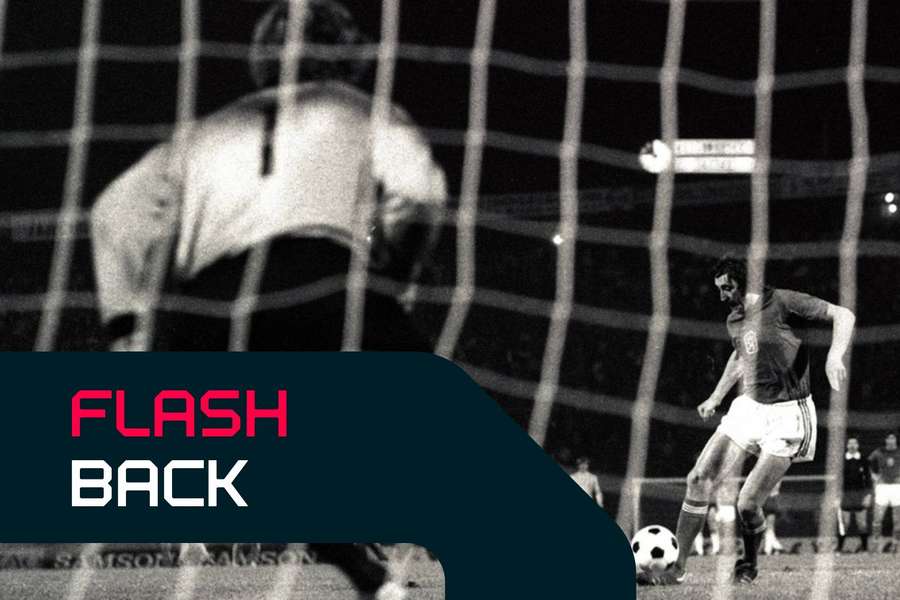However, penalty shootouts did not exist in football until 1970, and one of the main impulses for their introduction occurred 57 years ago, on June 5th, 1968.
Before the shootout: Extra time, replays, and coin Tosses
Before the penalty shootout became a standard tiebreaker, football had a patchwork of solutions to settle drawn matches - none of them entirely satisfactory.
In knockout competitions, matches that ended in a draw after extra time often had to be replayed on another day. This system was logistically complicated and, in tightly scheduled tournaments, simply impractical.
In some competitions, especially international tournaments with limited timeframes, alternative methods were used. If extra time couldn’t separate the teams, drawing lots or tossing a coin was used as a last resort.
The most famous example occurred at the 1968 European Championship, when Italy and the Soviet Union ended their semi-final match 0-0 after 120 minutes. With no goals and no replays available, a coin toss determined Italy’s place in the final – a decision as unsatisfying for fans as it was for players.
The final itself also failed to produce a winner in regulation time. Italy faced Yugoslavia in Rome, and the match ended 1-1 after extra time. The rules required that the final be replayed entirely. Two days later, the teams met again - this time with Italy winning 2–0 to claim their first major international title.

The semi-final and the final of the European Championship 1968 were the moments when the need for a more decisive and skill-based method suddenly became clear.
That surreal moment highlighted football’s lack of a proper tiebreaker - and set the stage for the eventual introduction of the penalty shootout, a solution that has sparked both celebration and controversy ever since.
The Introduction of the penalty shootout
The idea of deciding a match through a series of penalty kicks was proposed several times already before EURO 1968, but it wasn’t until 1970 that the concept was officially adopted.
The man often credited with developing the modern format of the shootout is German referee Karl Wald, who pitched the idea to the Bavarian Football Association in 1970. It quickly gained traction in domestic competitions and was soon tested in international matches.
UEFA introduced the penalty shootout in European competitions from the 1970/71 season. The first-ever official top-level match to be decided by a penalty shootout was the match between Honved from Hungary and Scottish Aberdeen in the Cup Winners' Cup in September 1970.
FIFA followed the introduction of the shootout soon after. The first major international tournament to feature a penalty shootout was the 1976 European Championship.
That tournament’s final between Czechoslovakia and West Germany went to penalties – famously ending with Antonin Panenka’s iconic chipped goal, a moment that has since become legendary.
The fact that it was one of the first major penalty shootouts makes Panenka's goal all the more admirable.
Moments of glory and heartbreak: Famous penalty shootouts
Since their introduction, penalty shootouts have provided some of the most unforgettable and emotionally charged moments in football history. From stunning upsets to crushing defeats, they have etched themselves into the sport’s folklore.
1994 World Cup final: Brazil vs Italy
One of the most iconic early shootouts came at the World Cup in 1994. Its final in Pasadena was the first World Cup final to be decided by a penalty shootout. After a goalless draw, Brazil triumphed 3-2 on penalties.
The defining image came when Roberto Baggio, Italy’s star player, blasted the final penalty over the bar. His miss became a symbol of the cruel nature of shootouts: one kick can define or destroy a career.
2005 Champions League final: Liverpool vs AC Milan
After coming back from 3-0 down in what became known as the 'Miracle of Istanbul', Liverpool forced extra time and ultimately beat AC Milan 3-2 in a dramatic penalty shootout.
It was a storybook ending that elevated the club’s legend and cemented the shootout’s status as a stage for footballing mythology.
Penalty shootouts and their future
Despite these memorable moments, the penalty shootout remains controversial.
Critics argue that it reduces a team sport to a series of individual duels that don’t reflect overall performance. Others believe it is a fitting test of nerve and skill under pressure.
Proposals for alternatives - such as golden goals, extended extra time, or even statistical algorithms - have been floated, but none have replaced the drama or clarity that the penalty shootout provides.
Ultimately, while the penalty shootout may never feel entirely fair, it has become an inseparable part of modern football.
Whether you’re peeking through your fingers or holding your breath in the stands, one thing remains certain: no other moment in the game so perfectly captures the razor-thin divide between agony and ecstasy.
